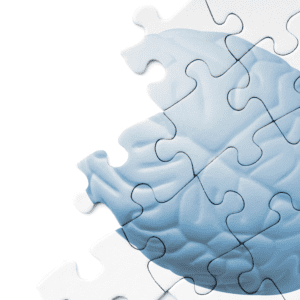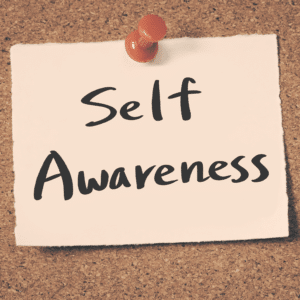概要
マインドフルネスは、教育の世界でますますよく知られるようになってきた言葉です。しかし、マインドフルネスとはいったい何なのでしょうか。そして、マインドフルネスは生徒の学習にどのように役立つのでしょうか。この記事では、これらの疑問を探るとともに、教室でマインドフルネスを教えるためのステップバイステップのガイドを紹介します。思いやりとは何ですか?
Mindfulness is a way to pay attention to the present moment, and it can help you be more aware of your thoughts and feelings. It also helps you focus on what you’re doing by slowing down the process of learning so that students can engage in thoughtful reflection on concepts. Mindfulness is not about relaxing or calming down; rather, it’s about focusing on one thing at a time without judgments or distractions from other things going on around us (or inside us). If we’re mindful as students, then we will be able to pay attention more easily because our minds won’t wander off into worry land where there are no answers!教育においてマインドフルネスが重要な理由
There are many benefits to practicing mindfulness in education. Mindfulness can help students focus, regulate their emotions and behavior, be more empathetic towards others, be creative when solving problems or expressing themselves through art or music, and become more resilient in the face of challenges in life. In schools where mindfulness is integrated into the curriculum there have been reductions in stress levels among students as well as improvements in academic performance and behavior management issues (Roeser et al., 2011). One study examining this issue found that after eight weeks of training teachers on how to integrate mindfulness into their classrooms there were significant changes among students including: improved attentional control; increased positive emotions such as happiness; decreased negative emotions such as sadness/depression; improved social skills such as cooperation between peers (Carmody & Baer 2014).教室でマインドフルネスを教える方法
教室でマインドフルネスを教えることは、生徒がより効果的に学習するのを助ける素晴らしい方法です。始めるためのヒントをいくつか紹介します。- 昼食時や放課後だけでなく、授業中にもマインドフルネスを教えましょう。
- 部屋を出る前に、全員がマインドフルネスを実践する機会を設け、それを家に持ち帰れるようにしましょう。









